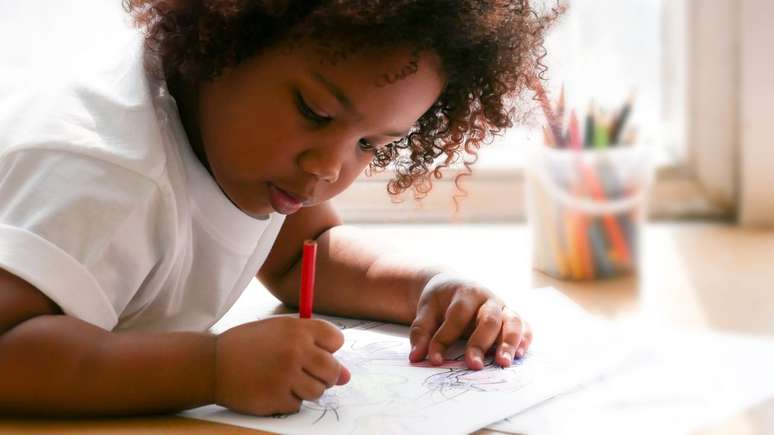Understand how children’s early scribbles contribute to learning to write and read
Do you know what they are? scribbles? Better known as children’s first scribbles, they are an important form of expression and also represent an introduction to the world of writing and reading.
The pedagogical coordinator of Early Childhood Education at the Colégio Marista Pio XII, Maria Cristina Starcke, explains that the first scribbles are essential graphic training for the development of motor coordination and spatial perception. “Gradually these squiggles called doodles begin to structure themselves and give rise to more defined and complex figures and shapes.”
According to the expert, more than just scribbles, scribbles are visual expressions that mark the initial phase of graphics in children. These drawings play a crucial role in helping them represent the world around them. Varying in shapes and styles, scribbles mark the first progress towards motor control and creative development.
Importance of the doodle
Encouraging doodling with children has numerous benefits for your child’s development. Between them:
- Creative Expression: Doodles allow children to express their ideas, emotions and perceptions of the world around them;
- Motor development: Drawing helps develop fine motor coordination, strengthening the muscles of the hands and fingers, essential for writing ability;
- Sensory exploration: By experimenting with different drawing materials, children explore textures, colors and tactile sensations, stimulating their senses;
- Cognitive development: The act of creating doodles engages creative thinking, problem solving and imagination, contributing to children’s cognitive skills;
- Communication and language: The drawing process can serve as an alternative form of communication for children who have not yet fully developed their language skills;
- Preparing for the future: The skills developed through doodling, such as observation, creative thinking and problem solving, are crucial for future school life.
Teacher mediation
In order for the child to experience the phases of drawing with pleasure, the role of the teacher is fundamental. After all, you are responsible for planning, organizing and creating environments that offer adequate support and materials.
“In this context they are precious for the development of graphic language”, underlines Maria Cristina.
Handling materials like these and experiencing the experiences they provide sharpens the ability to curiosity, stimulates research, creativity AND promotes detailed graphic recording. The child, the coordinator reminds us, is curious by nature and has the autonomy to explore the world and the right to live his own life.
“Drawing is therefore a powerful tool for communication, learning and reflection for both the student and the teacher. They are messages of life, of memories that are built over time, with interactions with peers and with the possibilities of knowing the world”, he concludes.
Source: Terra
Ben Stock is a lifestyle journalist and author at Gossipify. He writes about topics such as health, wellness, travel, food and home decor. He provides practical advice and inspiration to improve well-being, keeps readers up to date with latest lifestyle news and trends, known for his engaging writing style, in-depth analysis and unique perspectives.








